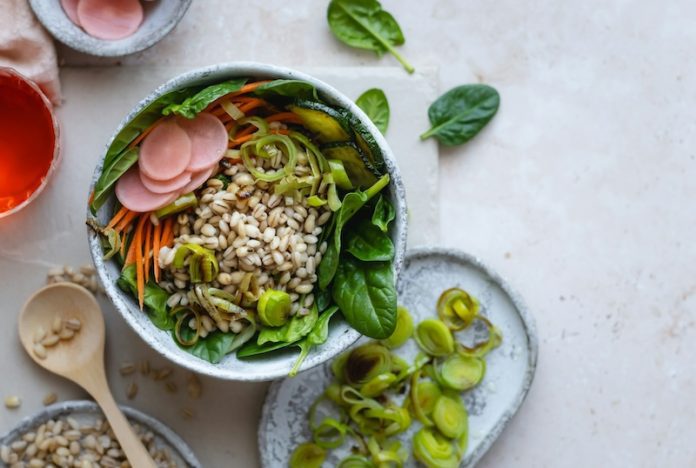
Arthritis, a condition that causes pain and inflammation in the joints, affects millions of people worldwide. While there’s no cure, diet plays a crucial role in managing its symptoms.
Specifically, anti-inflammatory foods have been spotlighted for their potential to ease arthritis pain and improve overall joint health.
This exploration into the effects of anti-inflammatory foods on arthritis aims to shed light on how what we eat can influence our well-being.
The connection between diet and arthritis relief is grounded in understanding inflammation.
Inflammation is the body’s natural response to protect itself against harm, but chronic inflammation can lead to various health issues, including arthritis.
Anti-inflammatory foods can help reduce this long-term inflammation, thereby alleviating pain and stiffness in those with arthritis.
Research has consistently supported the benefits of incorporating anti-inflammatory foods into one’s diet for arthritis management.
Foods rich in omega-3 fatty acids, such as salmon, flaxseeds, and walnuts, have been shown to reduce joint stiffness and pain. Omega-3s help by decreasing the production of substances linked to inflammation.
Fruits and vegetables, packed with antioxidants, are another cornerstone of an anti-inflammatory diet.
Dark leafy greens like spinach and kale, and berries such as blueberries and strawberries, contain high levels of antioxidants that combat inflammation.
These foods not only help with arthritis symptoms but also support overall health by protecting cells from damage.
Whole grains, like brown rice and quinoa, also play a role in reducing inflammation. Unlike refined grains, whole grains have more fiber, which has been associated with lower levels of an inflammatory marker called C-reactive protein in the blood.
This suggests that swapping white bread and pasta for whole-grain alternatives could be beneficial for those with arthritis.
Olive oil, a staple in the Mediterranean diet, offers anti-inflammatory benefits due to a compound called oleocanthal.
This compound has properties similar to non-steroidal anti-inflammatory drugs (NSAIDs), offering a natural way to manage arthritis pain. Incorporating olive oil into cooking or salad dressings can be a simple way to harness its benefits.
Spices like turmeric and ginger have also garnered attention for their anti-inflammatory properties.
Turmeric contains curcumin, which has been studied for its ability to reduce arthritis pain and inflammation. Ginger, similarly, can help reduce symptoms due to its potent anti-inflammatory compounds.
While the evidence supporting the benefits of anti-inflammatory foods is compelling, it’s essential to approach dietary changes with a holistic perspective.
Diet alone may not be a cure-all for arthritis, but when combined with other treatments and lifestyle changes, it can significantly improve quality of life.
It’s also important for individuals to tailor their diets to their personal needs and preferences, ensuring that changes are sustainable in the long term.
Consulting with healthcare professionals, such as a dietitian or a doctor, can provide guidance tailored to individual health conditions and dietary requirements.
In conclusion, embracing a diet rich in anti-inflammatory foods can offer a natural and effective way to manage arthritis symptoms.
By focusing on foods that fight inflammation, individuals living with arthritis can take proactive steps toward reducing pain and improving their joint health.
As research continues to unfold, the link between diet and arthritis relief becomes increasingly clear, highlighting the power of food as medicine.
Follow us on Twitter for more articles about this topic.
Copyright © 2024 Scientific Diet. All rights reserved.








